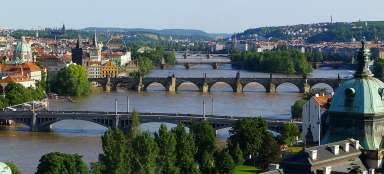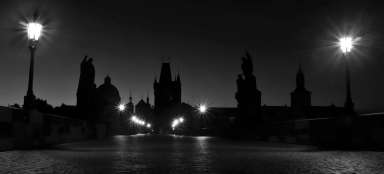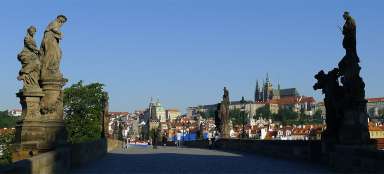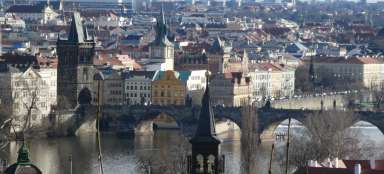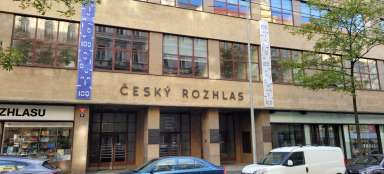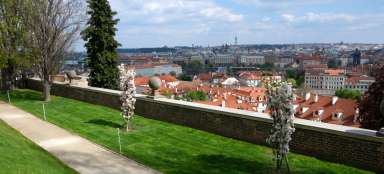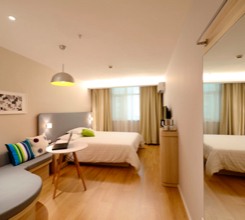Prague Holocaust Memorial
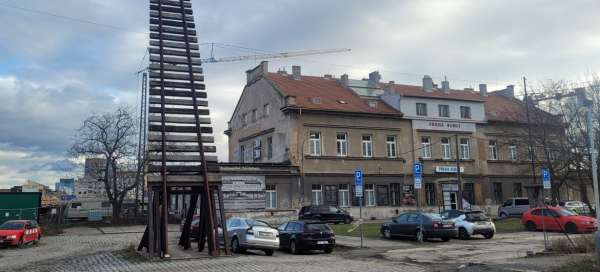
In the Prague district of Holešovice, there is a memorial to the Holocaust (Shoah) on the site of the former Bubny railway station and its surroundings. It is a reminder of the fact that during the German occupation, around 50,000 Jewish residents of Prague were transported from this place to concentration camps, where most of them were murdered.
The entire area of the memorial, together with the overall modernization of the railway station, is the subject of reconstruction.
Place of transportation to death
During the Second World War, transports with ten thousand Jewish residents from Prague to ghettos, concentration and extermination camps were sent from Bubna railway station. A memorial is therefore being built on this site with a modern exhibition commemorating the complex history of the twentieth century.
It is a place where people can stop and think about the horrors that happened here. The memorial is also a warning of what can happen if we do not stand up against hatred and violence.
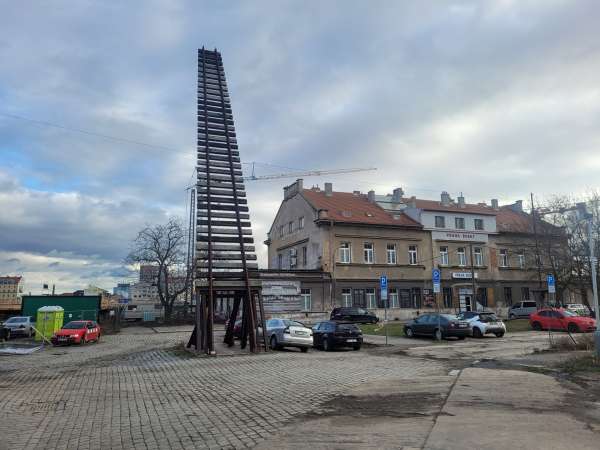
First transport reminder
The first transport from Prague to the Lodz ghetto left on October 16, 1941, with a thousand Jewish men, women and children on board. 24 people survived from it.
The tragic fate of deported Jewish men, women and children is commemorated every year by the Memorial of Silence event „Drumming for Drums“, which always takes place on October 16.
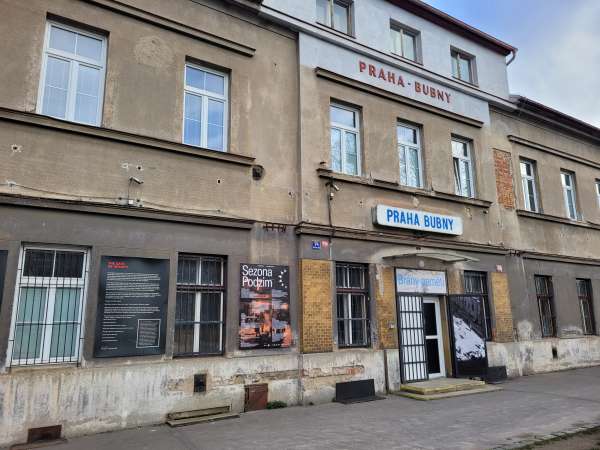
Why "Silence Monument"
The name of the memorial refers to the fact that approximately 50,000 Jewish residents of Prague were transported to their deaths from the Praha Bubny railway station in silence of fellow Czech citizens. From the gathering place in the nearby Radiotrh, these fellow citizens were taken to the station, accompanied by the Czech gendarmerie.
Let the silence of the silent majority be a warning memento that gave birth to the name MONUMENT OF SILENCE.
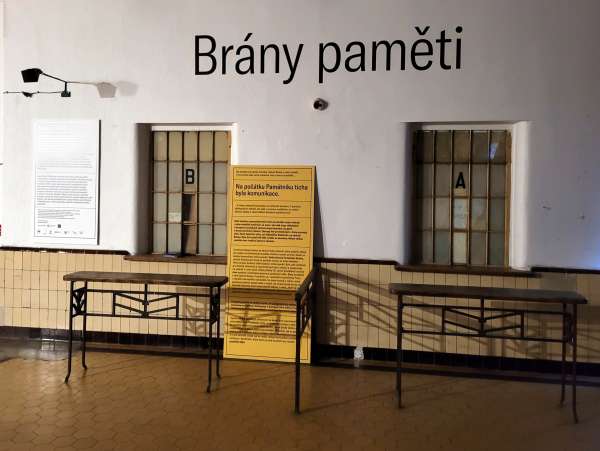
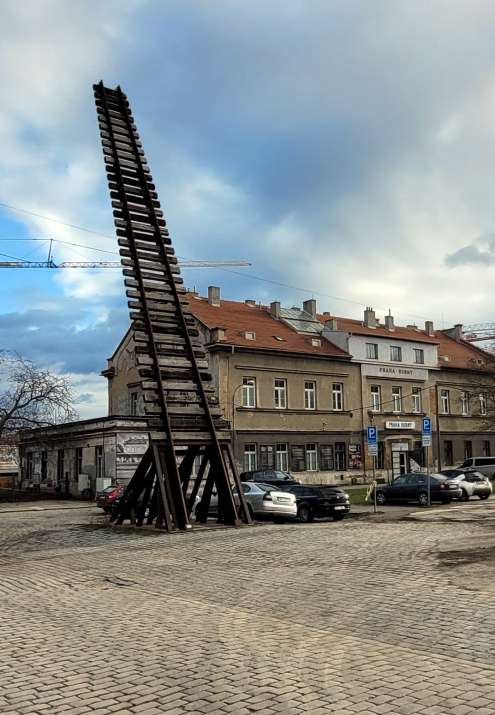
Gate of no return
The entire area is dominated by the monumental object „Gate of no return“ created by the sculptor Aleš Veselý.
The sculptural rendering is constructed as a gateway to the heavens visible from afar. It is a creation of erected twenty-meter railway tracks connected by 36 sleepers and supported by 12 struts. It stands on the spot from where the trains took tens of thousands of Jews to their deaths, and draws attention to the Silence Monument, which was created in the former station building.
The construction was officially unveiled on March 9, 2015, and became the first active step in the conversion of the site into a memorial. The date was a reminder of the night of March 8–9, 1944, when the largest mass murder of Czechoslovak citizens in history took place, during which 4,000 prisoners of the so-called Terezín family camp in Auschwitz were killed in gas chambers
Station building
The historic station building is gradually being transformed into the center of the entire memorial. The goal is to build a place that will offer modern education and public dialogue about the past in parallel events that cannot be passively watched.
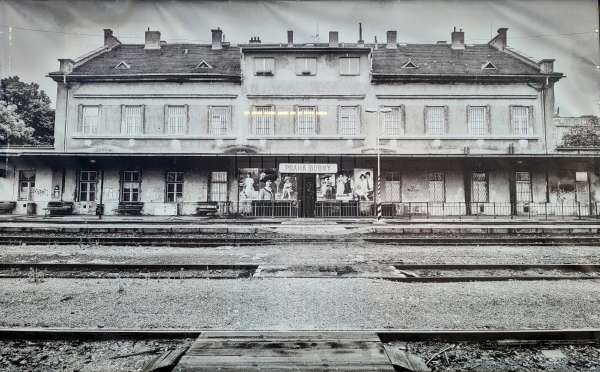
Exhibition
Inside the building is an exhibition commemorating the tragic events of the German occupation and the associated extermination of the Jewish population.
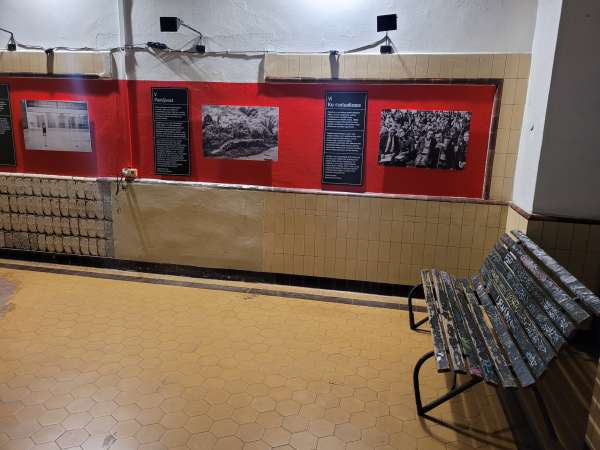
Radio market
The killing machinery was well thought out and perfectly organized. The Jewish population was first concentrated in the dilapidated barracks of the so-called Radio market near Stromovka. People were kept here in inhumane conditions for several days, and then, under the supervision of the Czech police and the Czech Gendarmerie, they were taken to the nearby Bubny railway station and taken from there to the places of liquidation. In this way, a total of 69 transports were dispatched from there.
On the site of the former camp, since October 16, 1991, there has been a memorial plaque by former Terezín ghetto inmate Helga Weissová-Hošková, on which the inscription: „THERE WERE 45,513 MEN, WOMEN AND CHILDREN IN MEMORY OF THE MORE THAN 80,000 CZECH JEWS MURDERED IN THE YEARS 1941–1945 DRAGGED FROM THESE PLACES”.
The situation is described as follows: "The transformation happened with the people who were called to Radiotrh. Their names turned into numbers. They walked down a street and boarded a train. City dwellers became ghetto dwellers.“




